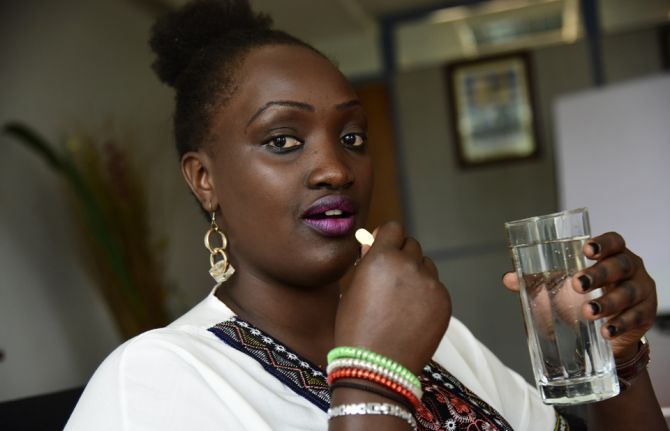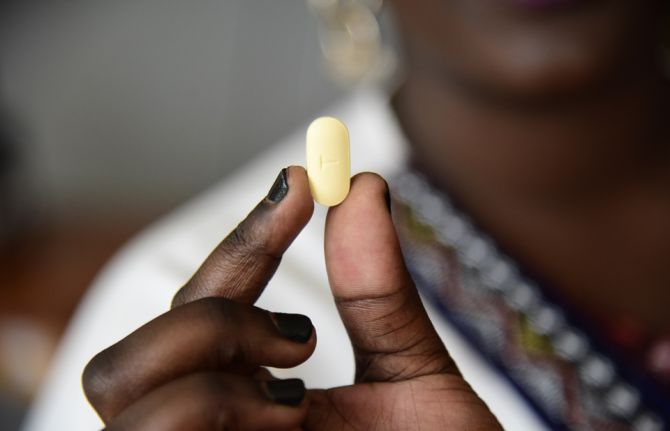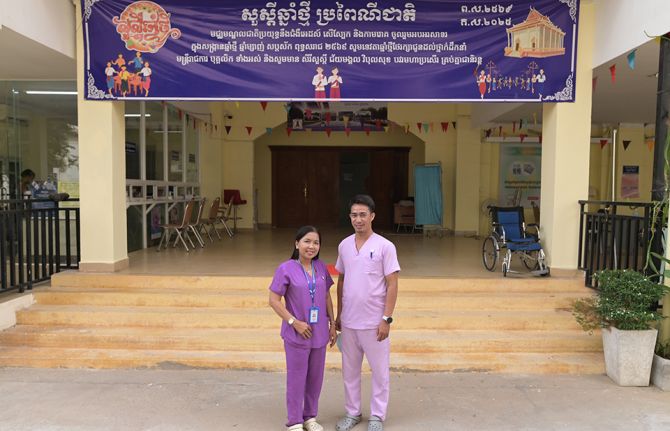



Feature Story
How HIV treatment numbers are shown to be accurate
26 July 2018
26 July 2018 26 July 2018Estimating how many people living with HIV are on treatment is vital to keeping track of the success or otherwise of the global AIDS response. HIV treatment not only keeps people alive, but, through reducing the viral load of a person, greatly reduces the chance that a person living with HIV will transmit the virus to someone else.
UNAIDS published its latest estimates of the number of people living with HIV accessing antiretroviral therapy in its new report, Miles to go. An estimated 21.7 million [19.1–22.6 million] people of the 36.9 million [31.1–43.9 million] people living with HIV at the end of 2017 were on HIV treatment.
A total of 143 countries submitted the data that UNAIDS used to compile the estimate, representing 91% of all people estimated to be on treatment worldwide. Those 143 countries supply actual counts of people on treatment, not estimates, although estimates are used for those few countries that do not supply counts. Countries report their numbers of people on treatment—both adults and children, disaggregated by sex—through the Global AIDS Monitoring tool every six months. Similar data are included in the Spectrum epidemiological estimation software.
UNAIDS provides technical assistance and training to public health officials and clinical officers—the people who compile the numbers in the countries—to ensure that their reports on treatment coverage are accurate. In addition, every year, in partnership with the United Nations Children’s Fund, the World Health Organization and other partners that support the delivery of HIV treatment services, UNAIDS reviews and validates the treatment numbers reported through both the Global AIDS Monitoring tool and Spectrum.
When UNAIDS’ estimates of treatment coverage in countries are compared with estimates of treatment coverage made in Population-Based HIV Impact Assessments (PHIA) and other surveys, similar levels of treatment coverage are seen (see the attached graph).
In 2017, UNAIDS carried out a triangulation of data as a way to confirm or deny the results of its annual data collection. That analysis sought to answer a simple question: are enough antiretroviral medicines produced and bought to treat the number of people reported to be on antiretroviral therapy?
At the end of 2016, 19.4 million people globally were on antiretroviral therapy, with an estimated 14.1 million people accessing treatment in generic-accessible low- and middle-income countries.
A study of the exports and domestic procurement of antiretroviral medicines in 2016 from India showed 11.4 million person-years of treatment. When the generic antiretroviral medicines produced in other countries were included, an estimate of 14.2 million–16.2 million person-years on treatment was made—sufficient to treat the 14.1 million people in generic-accessible low- and middle-income countries.
In 2018, UNAIDS partnered with the World Health Organization, the Global Fund to Fight AIDS, Tuberculosis and Malaria and selected technical partners and ministries of health in 28 countries, most of which are in sub-Saharan Africa, to conduct data quality reviews of reported treatment numbers and, where over- or undercounting is found, to correct current and historical reports of treatment numbers. Previous data quality reviews since 2016 have been used to adjust estimates, for example by taking into account people who transfer from one clinic to another, but are reported by both clinics, or people who have died, left care or emigrated but are not identified and removed from treatment registries.
More details on the methods for calculating the number of people on treatment can be found in the annex on the methods in Miles to go, while details of how the triangulation was undertaken can be found in a publication published on an earlier triangulation exercise.



